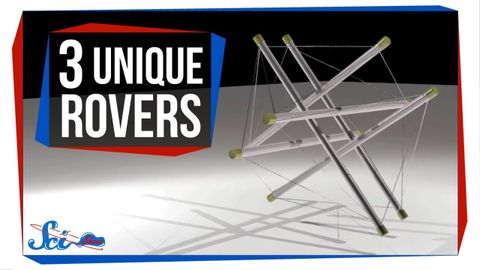エクストリームワールドのための3つのユニークなローバー (3 Unique Rovers for Extreme Worlds)
林宜悉 が 2021 年 01 月 14 日 に投稿  この条件に一致する単語はありません
この条件に一致する単語はありません- v.t./i.突き刺す : 刺し込む;貼る : くっつける;とどまる;突き出す;我慢する
- n. (c.)棒
US /ˌɡærənˈti/
・
UK /ˌɡærən'ti:/
- v.t.品質保証する;約束する;支払い保証をする;法的保証
- n. (c.)製品保証;保証;担保
US /ˈɪmˌpækt/
・
UK /'ɪmpækt/
- n.影響;衝撃
- v.t./i.衝突する;影響を与える;埋伏する
US /ɪnˈtɛɡrɪti/
・
UK /ɪnˈtegrəti/
- n. (u.)誠実;完全性 : 保全;健全性 : 完全な状態;データの完全性
エネルギーを使用
すべての単語を解除
発音・解説・フィルター機能を解除

